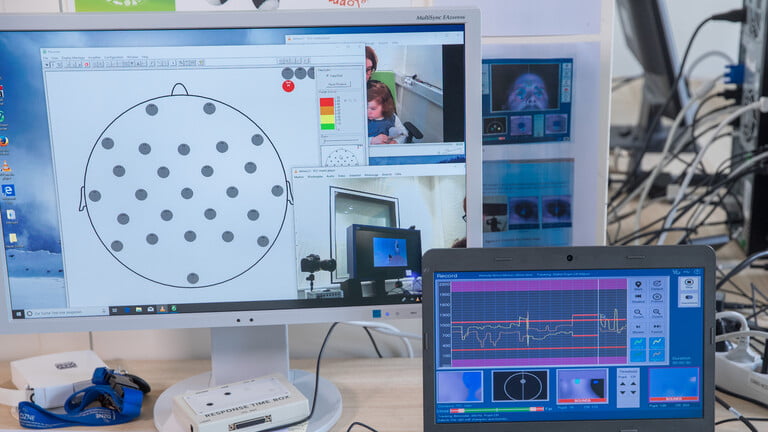Neural network allows paralyzed people to handwrite with their minds
During the Annual Meeting of Neuroscientists Society, American scientists presented a technology that radically improves the lives of paralyzed people.
This technology is intended for people who are called “imprisoned” because they cannot communicate with the outside world. These patients were paralyzed as a result of a stroke, injury or nervous disease, and they cannot say or write whatever they want.
Electrodes implanted in the brain have helped some of those patients move the computer pointer and choose the letters needed to write the words which they want.
The new technology allows those patients to transfer their thoughts into written words faster.
During experiments, one of the volunteers who has a spinal cord injury which caused a complete paralysis in his neck, imagined how a pencil moves in his hand to write each letter of the alphabet.
Two electrode arrays read the signals of the posterior central gyrus in which signals associated with conscious movements are generated. The brain activity which is identical with the writing of each letter was monitored by a classification device invented specifically for this technique.
In this way, researchers were able to teach the innovative neural network to interpret brain orders by tracing the purported path of the imaginary pencil tip to create a letter or another.
The result was that the computer was able to transmit patients’ thoughts with an accuracy of 92% and at a speed of 66 symbols per minute. Researchers have shown that complete inaccuracy is due to the similarity of letters such as q and g.
According to the inventors, this technology will help improve the lives of people with complete paralysis, and can also be used in neurobiology research.
RT


